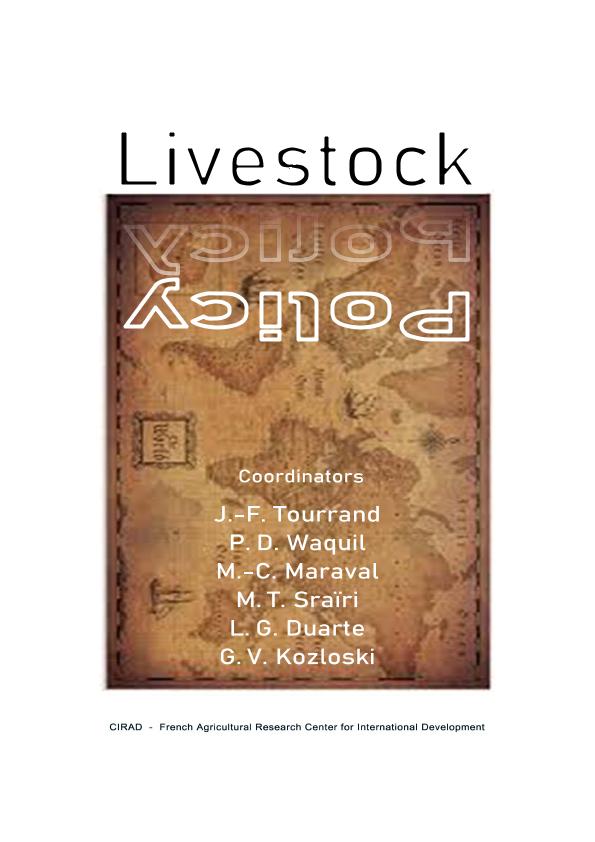Capítulo de Libro
Sheep policy in the colonization of Argentine Patagonia
Título del libro: Livestock policy
Coronato, Fernando Raul ; Tourrand, Jean Francois
; Tourrand, Jean Francois
 ; Tourrand, Jean Francois
; Tourrand, Jean Francois
Otros responsables:
Tourrand, Jean Francois; Waquil, Paulo; Maraval, Marie Cécile; Sraïri, Mohamed Taher; Duarte, Laura Graciela; Kozloski, G. V.
Fecha de publicación:
2020
Editorial:
Centre de Coopération Internationale en Recherche Agronomique pour le Développerment
ISBN:
978-2-87614-762-1
Idioma:
Inglés
Clasificación temática:
Resumen
In the second half of the 19th century, Europe imported raw materials to support the growth of its industry, which in turn produced a demographic surplus. The countries of the Southern Cone were part of this globalized system as suppliers of commodities and receivers of migrants and capital. In the midst of the process of building its territory, Argentina led from 1879 to 1884 a military campaign that evicted the Amerindians from Patagonia, according to the classic process of border expansion. After the indigenous population was decimated, Patagonia was colonized by sheep moving southward from the plains of the pampas, and northward from the Falkland Islands. The national division of labor allocated the fertile pampas to cereals and cattle, and Patagonia to sheep rearing. Thus, on the vast arid plateaus, where a few Native American tribes remained, sheep eventually thrived despite predators such as pumas and foxes. Above and beyond, it was necessary to occupy rapidly the territory to coun‐ ter the Chilean expansionist vision. Patagonian rangelands had a low‐carrying capacity of at most one sheep per hectare. These figures were largely overestimated, both by the legislators and the first breeders, whose references were those of the pampas and the Falklands, where rainfall levels were three to four times higher. A century later, the result of colonization by sheep is a serious degradation of the rangelands on almost two thirds of the territory, with many abandoned farms. The number of sheep reached a peak of 22 million around 1950 and declined regularly since then. As a result, the Patagonian ecosystem is a large demo‐ graphic void with less than one inhabitant per square kilometer; the population is con‐ centrated in very few urban centers
Palabras clave:
TERRITORY
,
SHEEPHERDS
,
GEOPOLITICS
,
DESERTIFICATION
Archivos asociados
Licencia
Identificadores
Colecciones
Capítulos de libros(IPEEC)
Capítulos de libros de INSTITUTO PATAGONICO PARA EL ESTUDIO DE LOS ECOSISTEMAS CONTINENTALES
Capítulos de libros de INSTITUTO PATAGONICO PARA EL ESTUDIO DE LOS ECOSISTEMAS CONTINENTALES
Citación
Coronato, Fernando Raul; Tourrand, Jean Francois; Sheep policy in the colonization of Argentine Patagonia; Centre de Coopération Internationale en Recherche Agronomique pour le Développerment; 2020; 67-78
Compartir



